I have two cell arrays of size [1X5]
K= {} {O1,O2,O3,O4} {O1,O3} {O1,O2,O3,O4} {O1,O2,O3,O4}
W= {O3}{O2}{O2,O3}{O2,O4}{O4}
I want to get as a result a cell array named S of size [1X4] as follows :
I put the contents of K{i} in every S{j} where j are the indices of the contents of W{i} (for example the cell W{3} has as content O2 and O3 so j=2,3. I put the content of K{3} in the cells S{2} and S{3} ).
After that I add in every S{i} a content Oi and I eliminate redundancy in S.
The expected result is the following :
S={O1}{O1,O2,O3,O4}{O1,O3}{O1,O2,O3,O4}
